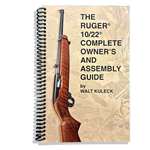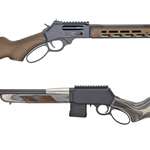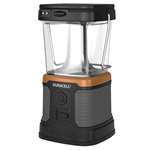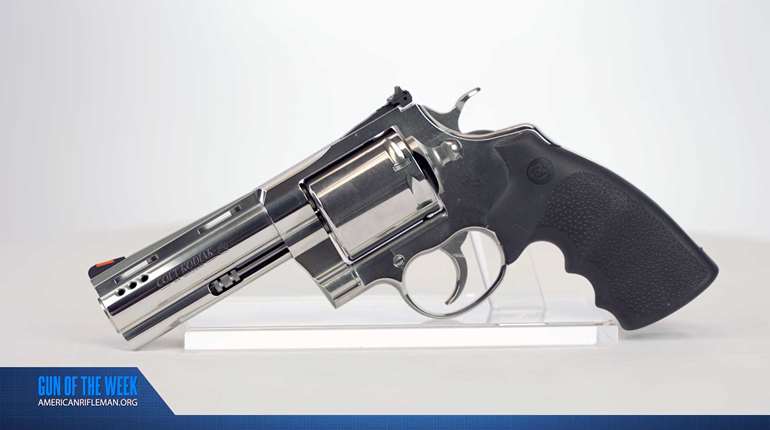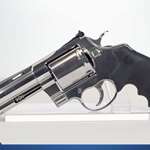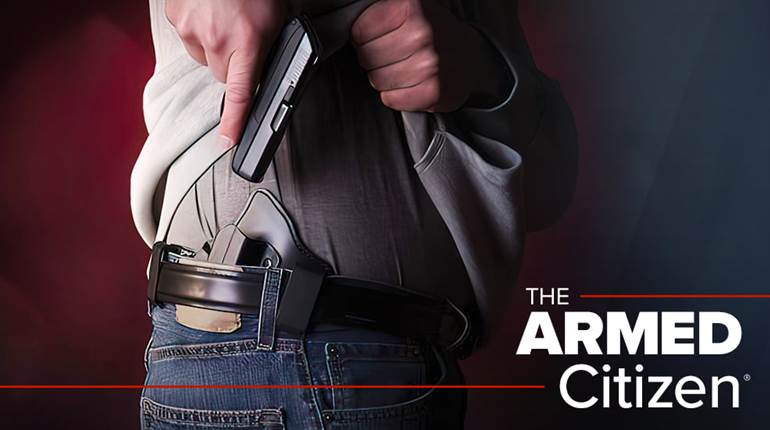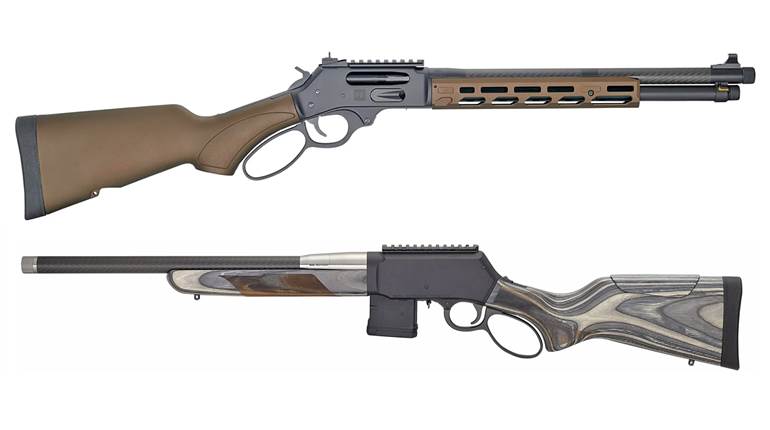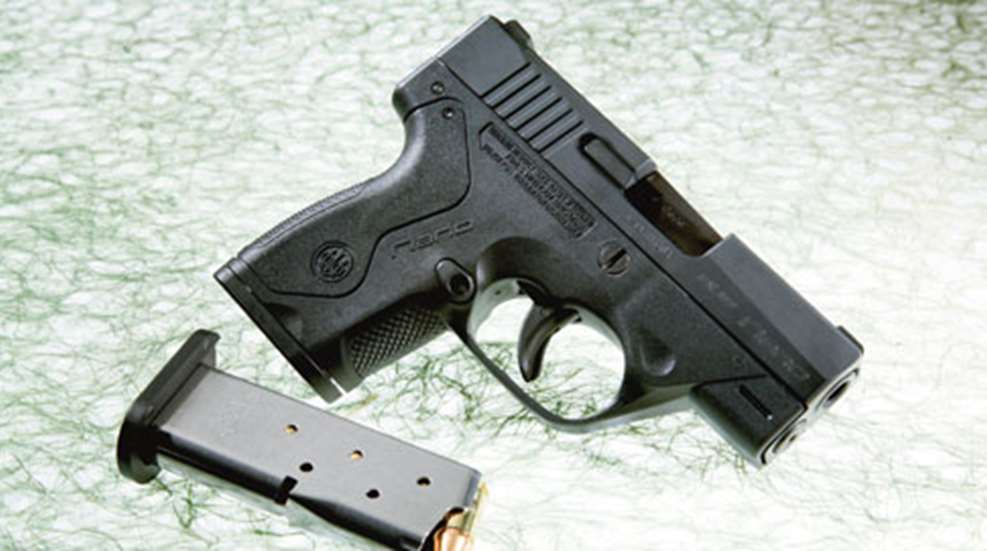
9/18/2012
Among the new crop of compact, lightweight semi-automatic pistols designed for the armed citizen who carries concealed is the Beretta Nano, a polymer-frame, single-stack semi-automatic pistol chambered in 9 mm Luger or .40 S&W and made in the United States.
Weighing slightly more than a pound unloaded and with an overall length of less than 6 inches, the striker-fired Nano is about as small as a major-caliber firearm can be without significantly compromising shootability and handling. The Nano is less than an inch wide, which makes it ideal for traditional inside-the-waistband, appendix or ankle carry. The Nano’s size and mass fills a practical niche between true sub-compact “pocket pistols” and mid-size semi-automatics.
A serialized stainless-steel sub-chassis insert houses the moving parts of the firearm’s lower half. The polymer grip frame is removable and can be retrofitted with replacement units to accommodate different grip sizes, though none are currently on the market. The grip-mounted magazine release can be reversed to accommodate left-handed shooters. The entire handgun was designed to be snag-free, which results in few, if any, sharp edges to catch on clothing.
The Nano does not feature a manual safety, but instead relies on various passive safety features, including a striker block and a trigger-drop safety. The striker block prevents forward movement of the striker unless the trigger is fully engaged; this rising block is visible on top of the slide as the trigger is pulled. The trigger-drop safety will be familiar to Glock shooters—it uses a small blade in the center of the trigger to disengage the safety when the trigger is intentionally pulled.
A striker deactivator allows the user to disassemble the Nano without pulling the trigger; it is recessed into the polymer frame and can be depressed using a small object such as a ballpoint pen. The long, deliberate double-action-only-like trigger pull will give additional comfort to those who are uneasy with the lack of a manual safety. The trigger breaks cleanly and consistently at 8 pounds and, much like a revolver, does not get noticeably lighter when reset. The grip design is comfortable, but does not accommodate the shooter’s little finger due to its compact size.
The slide catch is internal and cannot be engaged or disengaged manually; it functions by locking the slide to the rear when the chamber and magazine are empty. It is released by manually pulling the slide to the rear on a loaded magazine or with the magazine removed.
The majority of the Nano’s weight comes from a 4140 steel slide which houses a 3.07-inch barrel. Both the slide and barrel are coated with a black nitride finish Beretta calls Pronox. The factory-supplied three-dot sights are highly visible and are secured in their milled dovetails via 1.3 mm hex screws—the sight radius is 4.92 inches. The sights are drift-adjustable for windage, although our sample required no adjustment with any load tested. The Nano uses dual recoil springs, which caused some problems during our testing. The section of the recoil spring guide that captures the larger diameter spring broke after six rounds, rendering the pistol inoperable. Beretta quickly replaced the firearm, and no further issues were encountered.
The cam-operated, tilt-barrel, locked-breech design functions like most semi-automatic handguns. The chamber is fed from a chrome-finished six-round-capacity, single-column magazine with a polymer base plate. A slide-mounted extractor doubles as a visual and tactile loaded-chamber indicator. The Nano can be fired without a magazine, a welcome feature in a firearm designed for serious defensive use. Reliability is paramount when it comes to a carry gun and, other than the recoil spring guide issue, the Nano functioned with 100 percent reliability with various bullet designs throughout our testing.
The gun is fairly easy to disassemble. First, unload and then depress the striker deactivator. Then use the rim of a cartridge case to turn the slot-head screw on the frame’s right one-quater turn counterclockwise. Finally, pull the slide forward off the frame and remove the recoil spring assembly, which allows the barrel to be removed from the slide assembly.
Accuracy was excellent with a variety full-power loads. Recoil was mild though muzzle flip was evident due to the Nano’s light weight and fairly high bore axis. Though perfectly comfortable and controllable in 9 mm Luger, the Nano would be a handful in .40 S&W. The Nano is ideally suited for its intended purpose: a major caliber defensive firearm for everyday concealed carry. It’s small enough to conceal, yet large enough to shoot effectively.
Manufacturer: Beretta USA Corp. (301) 283-2191; www.berettausa.com
Caliber: 9 mm Luger (tested), .40 S&W
Action Type: recoil-operated, center-fire, semi-automatic pistol
Frame: fiberglass-reinforced polymer with steel insert
Slide: 4140 steel with black nitride finish
Barrel: 3.07"
Rifling: six-groove, 1:15.75" RH twist
Magazine: six-round-capacity detachable box
Sights: three-dot, fixed-blade front, square notch rear adjustable for windage and elevation
Trigger: double-action-only; 8-lb. pull
Overall Length: 5.63"
Width: 0.90"
Height: 4.17"
Weight: 20 ozs.
Accessories: hard case, lock, spare magazine, owner’s manual
Suggested Retail Price: $475












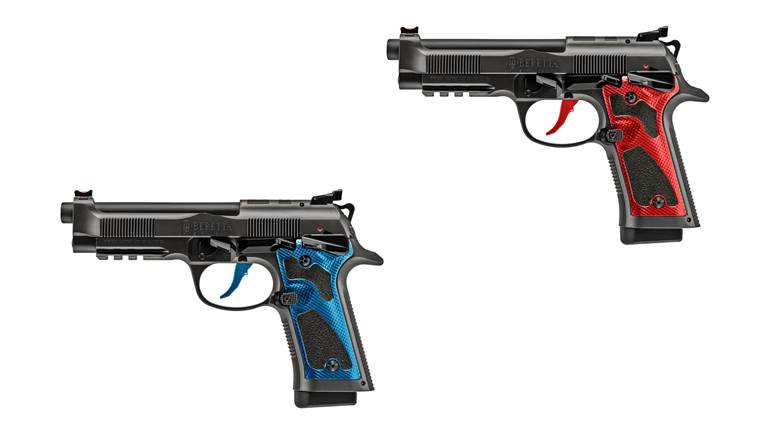
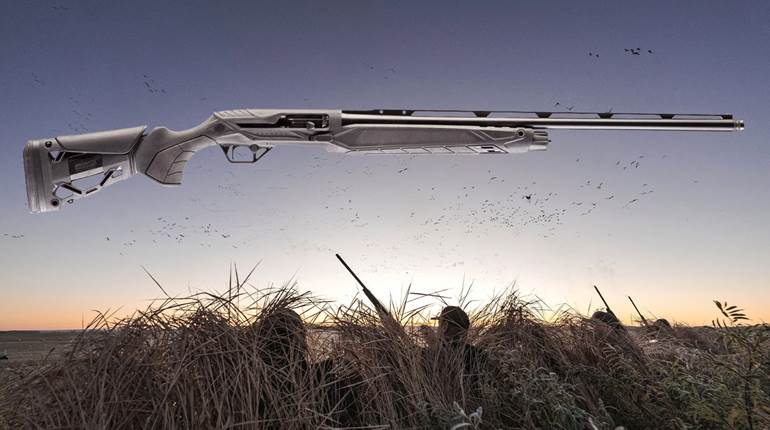
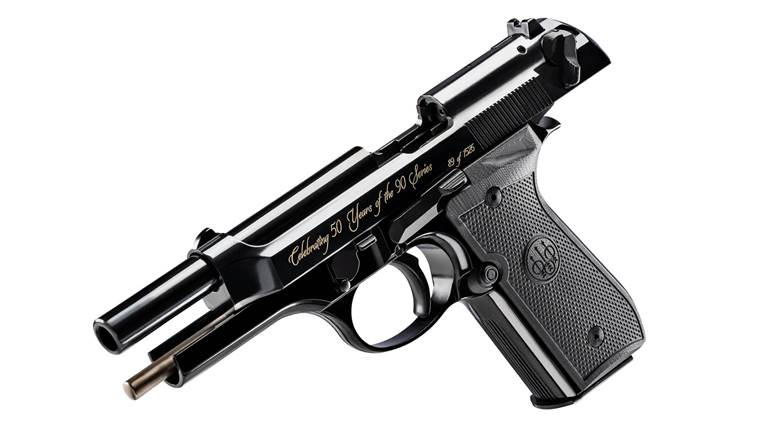

![Auto[47]](/media/121jogez/auto-47.jpg?anchor=center&mode=crop&width=770&height=430&rnd=134090788010670000&quality=60)

